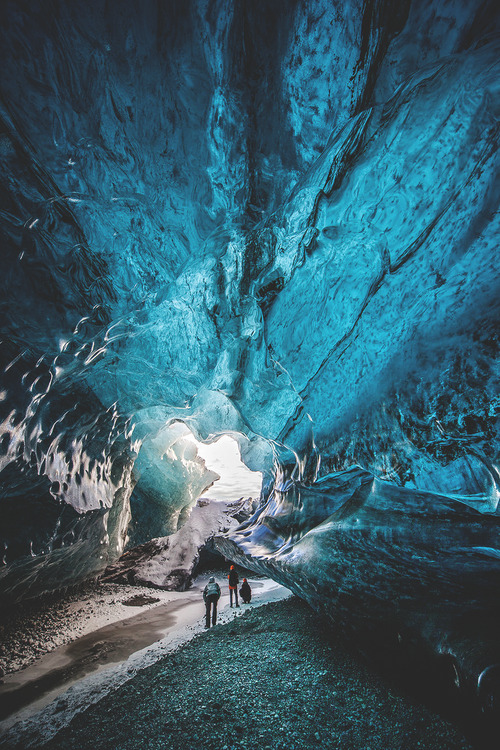Anoldarm - DON'T WORRY BE HAPPY 😊😁

More Posts from Anoldarm and Others

DB

Masa itu emas







Jennifer Lawrence















Our Place in the Universe
Earth as seen by Apollo 11 astronauts.
This incredible image of the Earth rise was taken during lunar orbit by the Apollo 11 mission crew in July of 1969.
Earth seen from Mars.
Earth seen from Saturn.
On February 14, 1990, the Voyager 1 spacecraft saw Earth from a distance of nearly four billion miles, capturing a view of our planet later described by scientist Carl Sagan as a “Pale Blue Dot.”
Planet Earth compared to solar system bodies.
The Solar System is located in the Milky Way, a barred spiral galaxy with a diameter of about 100,000 light-years containing more than 100 billion stars. The Sun resides in one of the Milky Way's outer spiral arms, known as the Orion–Cygnus Arm or Local Spur. The Sun lies about 26,660 light-years from the Galactic Center (where the supermassive black hole Sagittarius A* is located), and its speed around the center of the Milky Way is about 220 km/s, so that it completes one revolution every 240 million years.
The Local Group is the galaxy group that includes the Milky Way. It has a total diameter of roughly 3 megaparsecs, and a total mass of the order of 2×1012 solar masses. It consists of two collections of galaxies in a "dumbbell" shape; the Milky Way and its satellites form one lobe, and the Andromeda Galaxy and its satellites constitute the other. The two collections are separated by about 800 kiloparsecs and are moving toward one another with a velocity of 123 km/s. The group itself is a part of the larger Virgo Supercluster, which may be a part of the Laniakea Supercluster. The exact number of galaxies in the Local Group is unknown as some are occluded by the Milky Way; however, at least 80 members are known, most of which are dwarf galaxies.
The Virgo Cluster is a large cluster of galaxies whose center is 53.8 Mly away in the constellation Virgo. Comprising approximately 1,300 (and possibly up to 2,000) member galaxies, the cluster forms the heart of the larger Virgo Supercluster, of which the Local Group (containing our Milky Way galaxy) is a member.
The Virgo Supercluster is a mass concentration of galaxies containing the Virgo Cluster and Local Group, which itself contains the Milky Way and Andromeda galaxies, as well as others. At least 100 galaxy groups and clusters are located within its diameter of 33 megaparsecs (110 million light-years). The Virgo SC is one of about 10 million superclusters in the observable universe and is in the Pisces–Cetus Supercluster Complex, a galaxy filament.
The observable universe is a ball-shaped region of the universe comprising all matter that can be observed from Earth or its space-based telescopes and exploratory probes at the present time, because the electromagnetic radiation from these objects has had time to reach the Solar System and Earth since the beginning of the cosmological expansion. There may be 2 trillion galaxies in the observable universe, although that number was reduced in 2021 to only several hundred billion based on data from New Horizons. The radius of the observable universe is therefore estimated to be about 46.5 billion light-years and its diameter about 28.5 gigaparsecs (93 billion light-years), which equals 880 yottametres.
The multiverse is a hypothetical group of multiple universes. Together, these universes comprise everything that exists: the entirety of space, time, matter, energy, information, and the physical laws and constants that describe them. The different universes within the multiverse are called "parallel universes", "other universes", "alternate universes", or "many worlds


" Are you ready for Autumn " //© Tom Juenemann

-
 annan96jk liked this · 7 months ago
annan96jk liked this · 7 months ago -
 wayti-blog liked this · 1 year ago
wayti-blog liked this · 1 year ago -
 harmonizeorelse liked this · 1 year ago
harmonizeorelse liked this · 1 year ago -
 pupluc76 liked this · 1 year ago
pupluc76 liked this · 1 year ago -
 octuber-93 liked this · 2 years ago
octuber-93 liked this · 2 years ago -
 anoldarm reblogged this · 2 years ago
anoldarm reblogged this · 2 years ago -
 anoldarm liked this · 2 years ago
anoldarm liked this · 2 years ago -
 birritens liked this · 2 years ago
birritens liked this · 2 years ago -
 frothandbubble liked this · 2 years ago
frothandbubble liked this · 2 years ago -
 whererethewindstakeme reblogged this · 2 years ago
whererethewindstakeme reblogged this · 2 years ago -
 youknowimreppintaylorgang liked this · 2 years ago
youknowimreppintaylorgang liked this · 2 years ago -
 patloika liked this · 2 years ago
patloika liked this · 2 years ago -
 mill3rhighlife liked this · 2 years ago
mill3rhighlife liked this · 2 years ago -
 giantfan1 liked this · 2 years ago
giantfan1 liked this · 2 years ago -
 keenlandlady liked this · 2 years ago
keenlandlady liked this · 2 years ago -
 moonstarshadow liked this · 2 years ago
moonstarshadow liked this · 2 years ago -
 holycrapitis liked this · 2 years ago
holycrapitis liked this · 2 years ago -
 delicatedabs reblogged this · 2 years ago
delicatedabs reblogged this · 2 years ago -
 cafepaocommanteiga reblogged this · 2 years ago
cafepaocommanteiga reblogged this · 2 years ago -
 lig28-sex-97saf liked this · 2 years ago
lig28-sex-97saf liked this · 2 years ago
